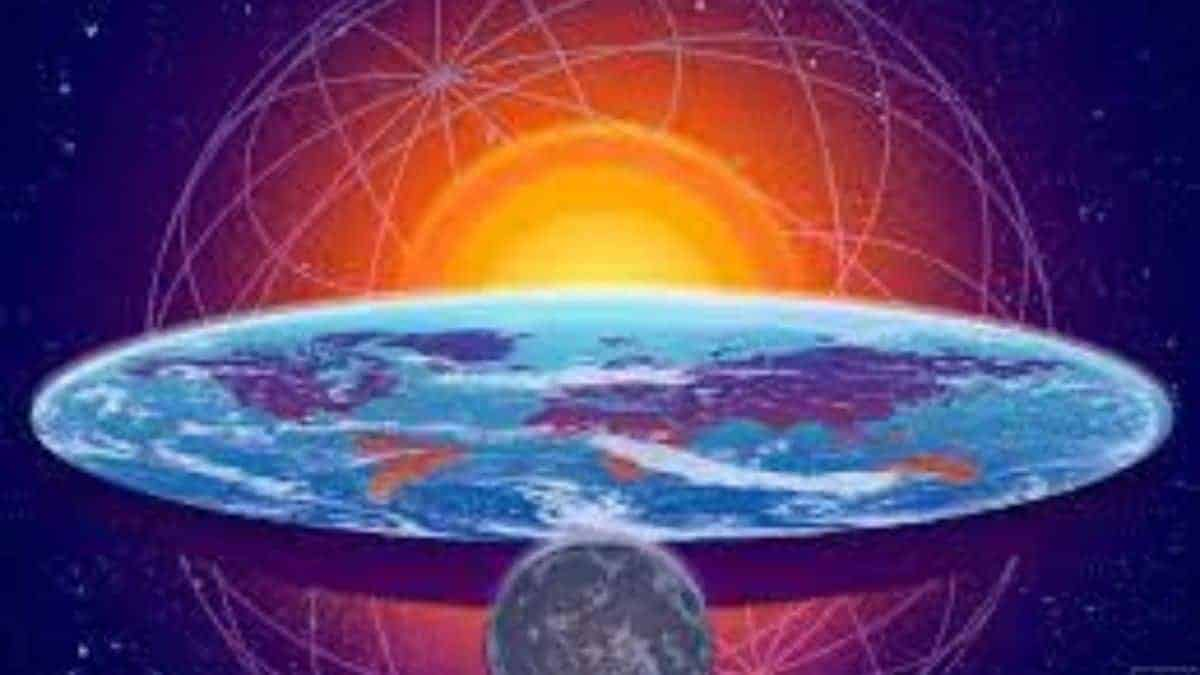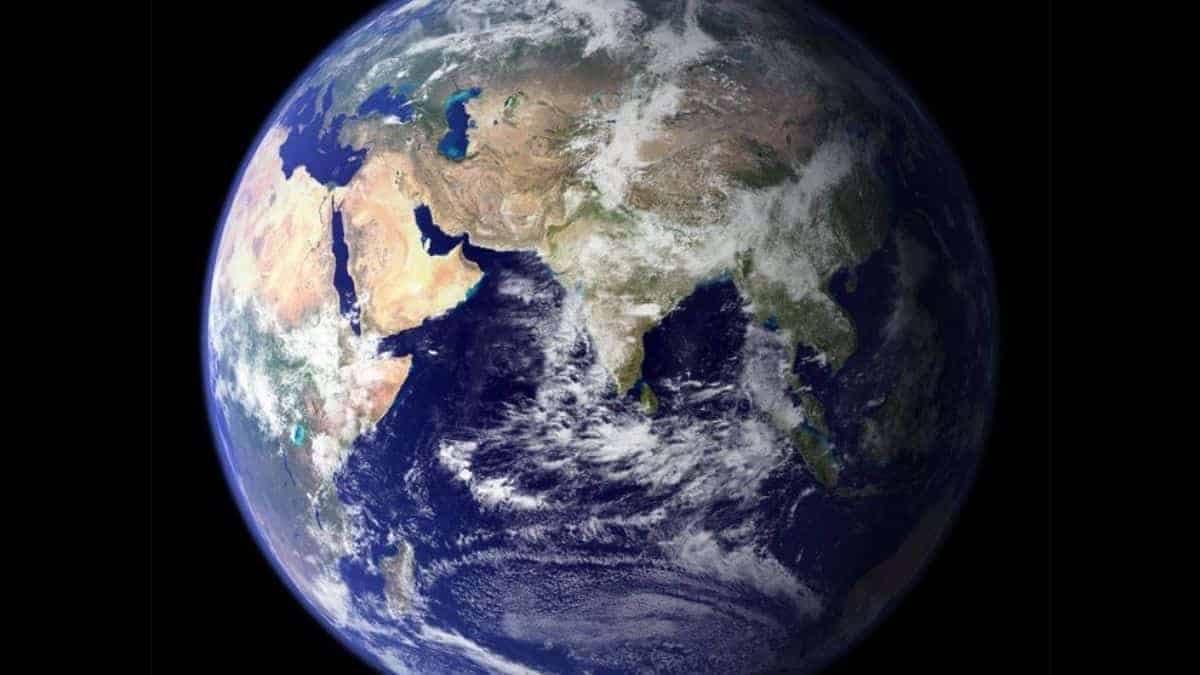Is Earth Really Flat? Lets Find Out More

The Earth, like the other planets, is a sphere. It revolves slowly but steadily around its own axis, completing one full rotation every 24 hours. Part of the Earth faces the sun and the other faces away as it revolves. This is why day and night are observed at various times in different places of the globe.
There are several reasons why scientists believe the Earth is round rather than flat. Many of these arguments, it turns out, can be tested for ourselves.

- If the Earth were flat, we would be able to see for miles if there were no obstructions such as buildings. We could be able to see a city hundreds of kilometers distant. Alternatively, a ship at sea. No matter how far out to sea the boat sailed, it would remain visible.
When we stand on the ground and stare out, though, we can’t see very far. We can’t see a town kilometers away if we stare out into the distance. And as a ship moves further away, it will gradually fade from view. This is due to the fact that the Earth is spherical. Because the landscape is curved, things in the distance are not visible.
Observing the sunset is one method to put this to the test. Locate a location where you can observe the sunset while also having a nearby location where you can safely move higher, such as a tree or building. Alternatively, you might start laying down and then stand up. The sun will finally set beyond the horizon on the ground. When this occurs, swiftly move to a higher location. For a brief moment, you’ll be able to see the sun again.
- You’ve probably noticed that when the sun shines, it casts a shadow if it lands on something. It turns out that shadows can be used as additional proof that the Earth is round.
If the Earth were flat, all shadows would be the same length, no matter where they fell. This would imply that the sun is shining at the same angle across the globe, casting the same shadow. This, however, does not appear to be the case. If we put two identical sticks in the ground in two distinct locations on Earth, the length of their shadows will be different. Because the Earth is spherical, the way the sun strikes each spot will differ slightly.
This also helps to explain why the sun sets at different times in different parts of the world. In reference to various locations, the sun is in varied positions. As a result, the time it will fall in the sky before disappearing behind the horizon will shift. This is also why distinct time zones exist in different places on the planet. While one section of the world faces the sun, another on the other side of the globe does not. For instance, the time in New York, USA differs by 12 hours from the time in Beijing, China. The time difference will be smaller between places on the planet that are closer together.
- The Earth passes between the moon and the sun during a lunar eclipse. When this happens, the sun casts the shadow of the Earth on the moon. When this happens, if you gaze up at the moon, you may see the Earth’s shadow. If you do this, you’ll notice that the shadow is spherical rather than flat.
The Earth may be flat and round, like a pancake, as a follow-up query. The shadow on the moon would be circular, but the Earth’s shape would be flat as a result. If the Earth were flat but rotated, the shape of eclipses at different times of the day or night would be different. It would sometimes simply appear as a line. The rest of the time, when it spins, it seems to be an oval or circular. However, regardless of the time of day, the shadow projected by the Earth on the moon during an eclipse has always been circular. This lends credence to the notion that the Earth is a sphere.
These are just a few testable ways we know that the Earth is round


